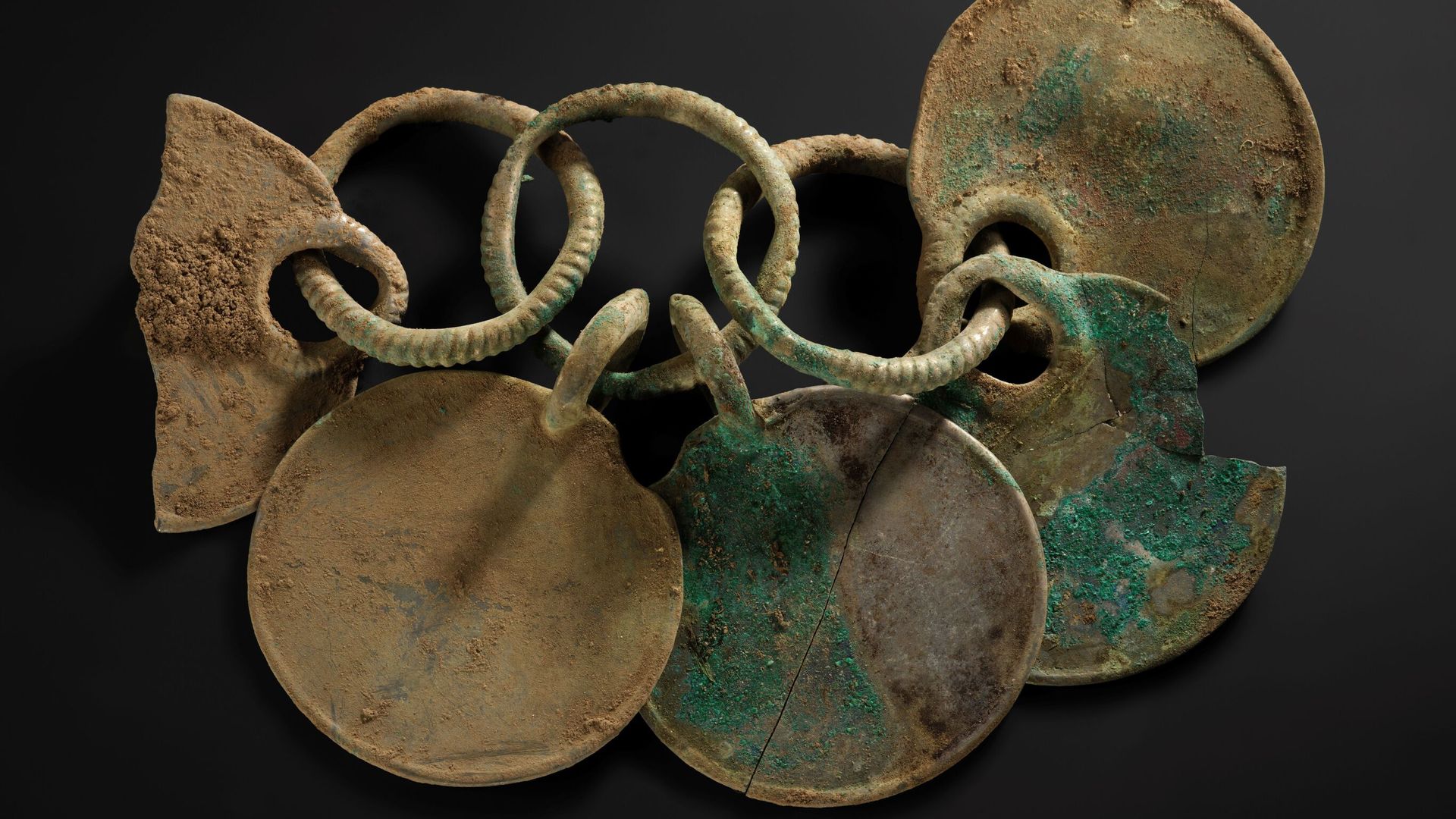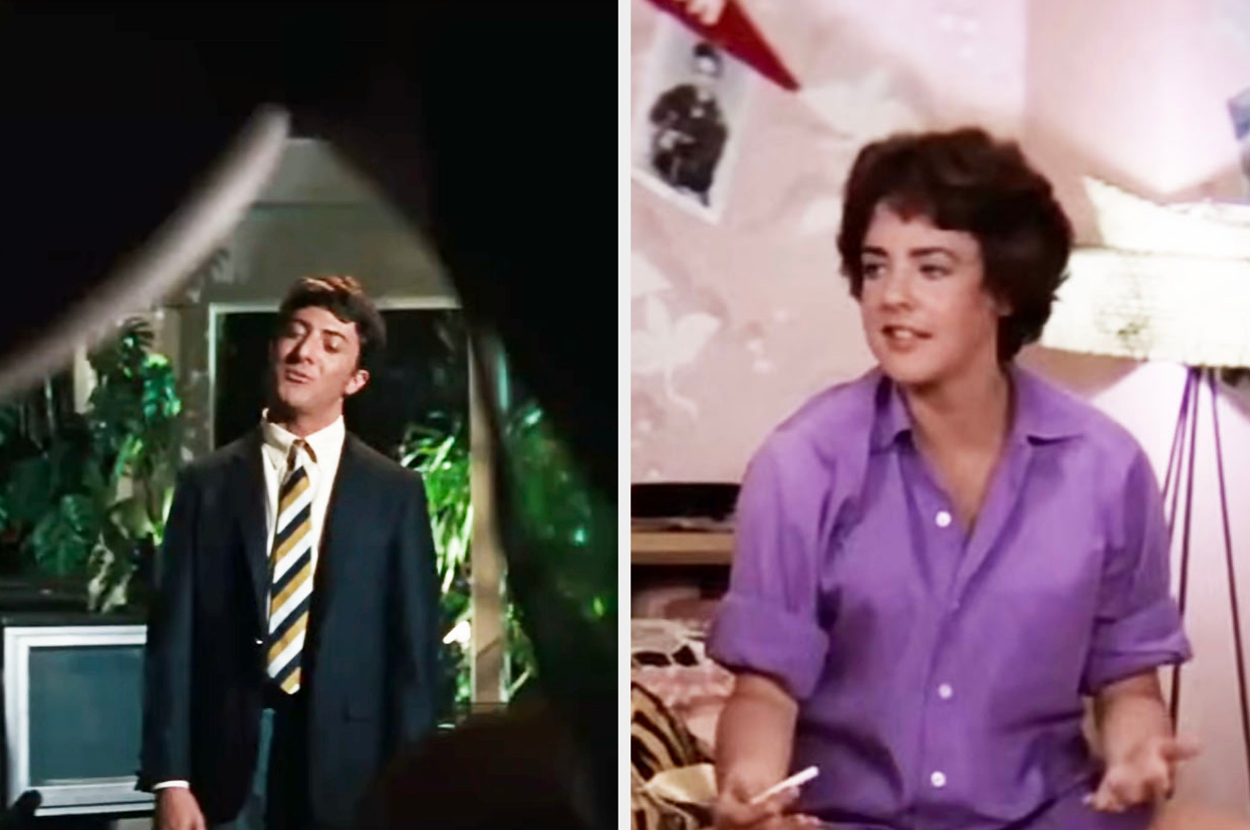A hoard of Bronze Age artefacts discovered by a metal detectorist in the Scottish Borders has been saved for the nation by National Museums Scotland.
The Peebles Hoard, dating from between 1,000BC and 800BC, had lain undisturbed for 3,000 years before being found by Mariusz Stepien in 2020.
It was allocated to National Museums Scotland (NMS) under the Treasure Trove process – with an ex gratia payment made to Mr Stepien – and has since been excavated, analysed and catalogued and comprises more than 500 pieces.
NMS said it includes many unique artefacts, some of which have “no archaeological parallel anywhere in western Europe” and could transform our understanding of Bronze Age Scotland.
The larger and more recognisable objects were said to highlight Scotland’s position as part of an international network of communities across the North Sea.
Two rattle pendants, the first ever discovered in Scotland, were said to be more commonly found in Denmark, northern Germany and northern Poland.
NMS believe the interlinked bronze rings and pendant plates would have hung from a horse or vehicle and rattled as they moved.
Other items include a sword still in its wooden scabbard, as well as an array of small bronze buttons looped onto cords and the preserved remains of complex decorative straps.
NMS said efforts are now under way to secure funding for the continued research and conservation of the hoard and to “uncover the secrets of this one-of-a-kind discovery”.
Dr Matthew Knight, senior curator of prehistory at NMS, said: “The Peebles Hoard is exceptional, an utterly unique discovery that rewrites our understanding of both Bronze Age communities in Scotland and our prehistoric international connections.”
Read more from Sky News:
Bronze Age jewellery on display for first time in more than 4,000 years
Robert the Bruce 3D model ‘most realistic ever created’
Keep up with all the latest news from the UK and around the world by following Sky News
After Mr Stepien reported the find to the Treasure Trove Unit, the hoard was removed from the ground in a single block of earth.
It was then CT scanned by µ-VIS X-ray Imaging Centre at the University of Southampton, which captured details of the internal structure of the hoard and the relationships between items in their original context.
Be the first to get Breaking News
Install the Sky News app for free
The scanning process also showed some of the objects in the hoard had been made using “lost-wax casting”, which experts say represents some of the earliest evidence of the use of this process in Scotland.
A meticulous excavation by archaeologists and conservators followed at the National Museums Collection Centre in Edinburgh, finally unearthing the fragile components of the hoard after thousands of years hidden underground.
Professor Ian Sinclair, founder of µ-VIS X-ray Imaging Centre, said: “CT scanning the hoard was certainly a big challenge due to the scale of the hoard block, but we relished the opportunity to bring our engineering skills to successfully support this research on such an exceptional historical find.”






